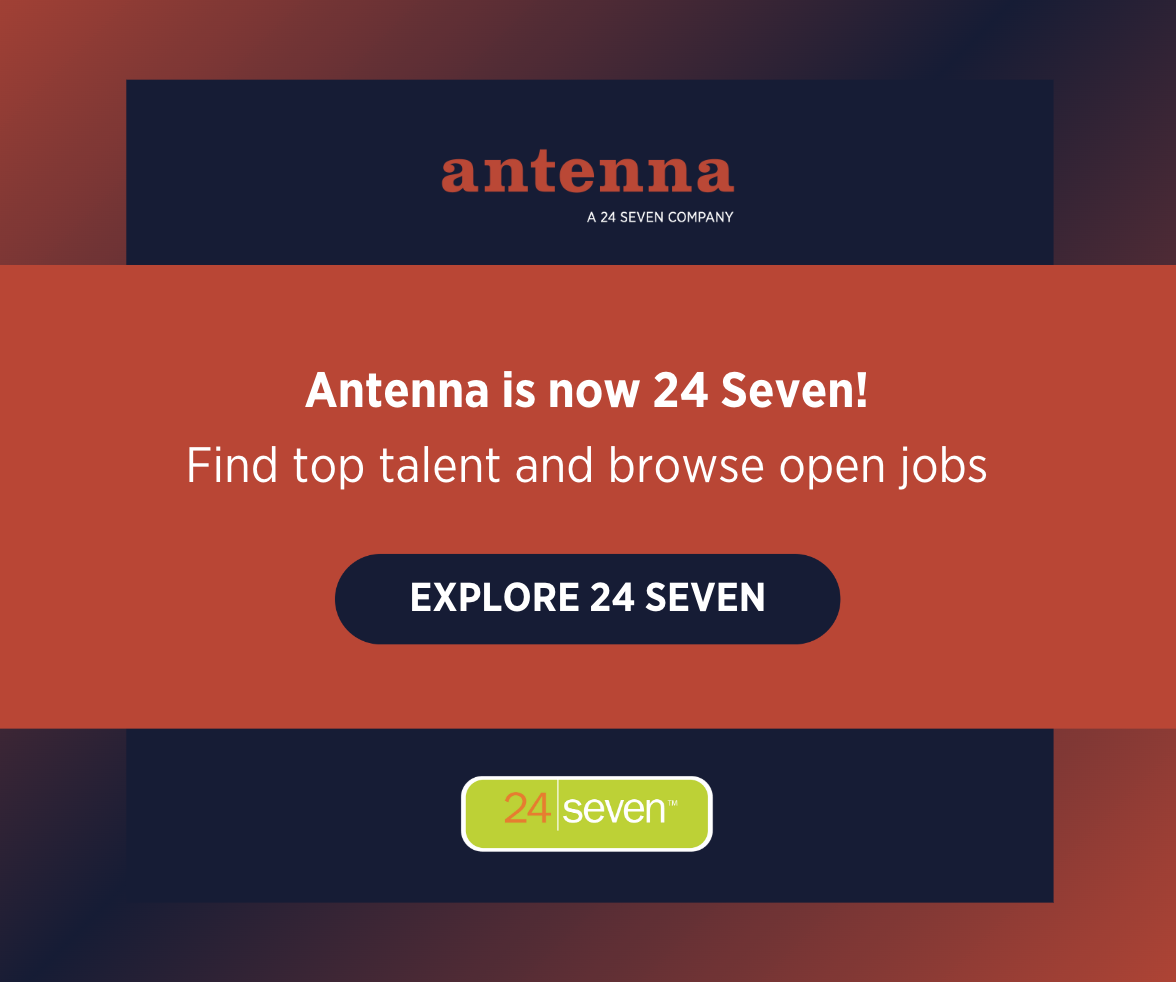
The Ultimate Guide to the STAR Method
At Antenna, we interview hundreds of marketers every year. They’re often bright, capable, accomplished, and well-liked by their colleagues. They all have a story to tell. But there’s one thing that sets some candidates apart from the pack: They know how to own their specific contributions. These folks know exactly how to convey what skills they bring to the table, how they’ve demonstrated success in their work and what roles they’d knock out of the park.
We've written about the STAR method before when it comes to preparing for phone or in-person interviews. Here we've distilled our tips into a simple guide for how to share in a compelling, easy-to-understand way. No more rambling!
Be Yourself
Owning individual contributions isn’t always easy. Many of us focus on the big picture, and we think in collaborative, team-based success stories. We talk in terms of “we,” and we’re less comfortable with “I.” You already know the importance of honing your pitch. But if you’re not telling your own story, you’re missing a chance to define and own your contributions. In a job interview, the interviewer isn’t hiring your team. They’re hiring you.
Shine Like a STAR
Just talking about general achievements isn’t enough.
Consider this familiar example: An interviewer asks what you accomplished in a past position. You answer, “At that agency, we created an absolute breakthrough program that had never been done in the industry. We won several awards and it was the highlight of my career.” This response is a pretty good story; it shows a big accomplishment and you’re obviously proud. But you don’t own it.
Instead, try the STAR method to tell the story and the role you played. The four elements to remember are:
Situation. What was the goal or problem you were trying to solve, and what obstacles were you working against? For example, it might be “the website wasn’t performing as well as it could.”
Task. What were the tactics you used to achieve the goal? For the underperforming website, maybe tasks included an audit of current and lost customers, a product review, and a market analysis.
Action: Describe the action you took, emphasizing the skills you have and where you led the way. What steps did you take and what tools did you use? Too often, this part gets lost: People love to tell their story, but don’t always take credit for their work. Don’t be shy! “I wrote new content for the key products” or “I developed new promotions to get shoppers to the cart.”
Result: Always remember to talk about the outcome. Be as specific as possible: Sales increased by a certain percentage, cart abandonment went down by what amount, and so on. This shows exactly how your skills could work for your interviewer.
Practice, Practice, Practice
Nearly every behavioral question you'll encounter in an interview can be answered using the STAR method. Common examples of these prompts sound like:
- Tell me about a time when...
- What do you do when...
- Have you ever...
- Give me an example of...
- Describe a..
Obviously, you can't know what your interviewer is going to ask, but you can prepare, using this downloadable worksheet to help you craft your own STAR stories. Don't be afraid to rely on the tried-and-true method of asking a friend to mock interview you or just simply practicing your answers in the mirror. That way, when it comes to the big day, your answers will feel natural and comfortable.
Putting it All Together
It's not so hard, right? Here's a beginning-to-end example for extra clarity.
Interviewer: "Tell me about a time you achieved a goal that you initially thought was out of reach."
Your response:
Situation: "In my previous role, my company decided to focus their digital efforts on email marketing and grow their list of email subscribers pretty aggressively."
Task: "As the email marketing specialist, my target was to increase our subscriber list by at least 50% in one quarter."
Action: "I worked with the rest of the marketing team to plan and host a series of webinars — a first for our company — that required an email address to register, which funneled qualified leads into our list. Additionally, I refreshed old blog posts with upgraded content that incentivized email subscriptions."
Result: "As a result, our email list grew from 25,000 to 45,000 subscribers in just three months — which exceeded our goal by 20%."
With these tips, you'll soon see behavioral questions as less weird and potentially dreadful and more of an opportunity to emphasize your awesome qualifications.
Stay connected with Antenna. Follow @Antenna for our take on marketing trends, corporate culture, and current events.
